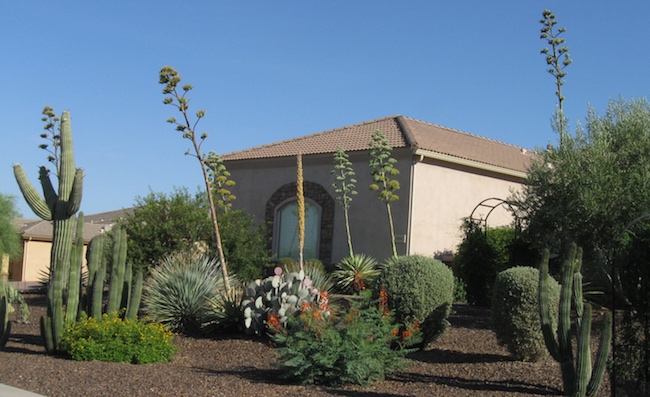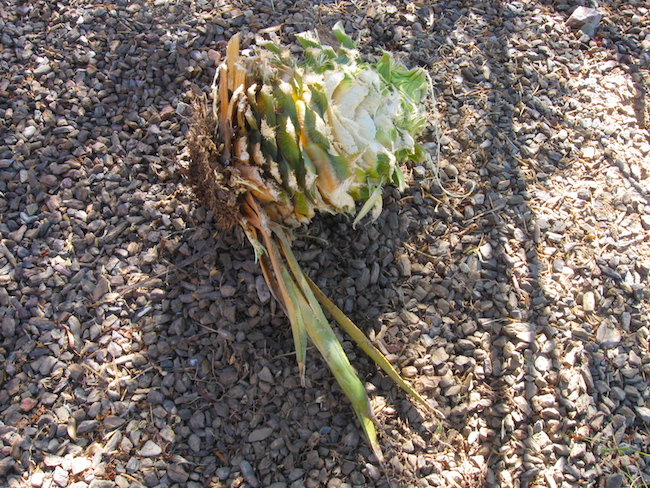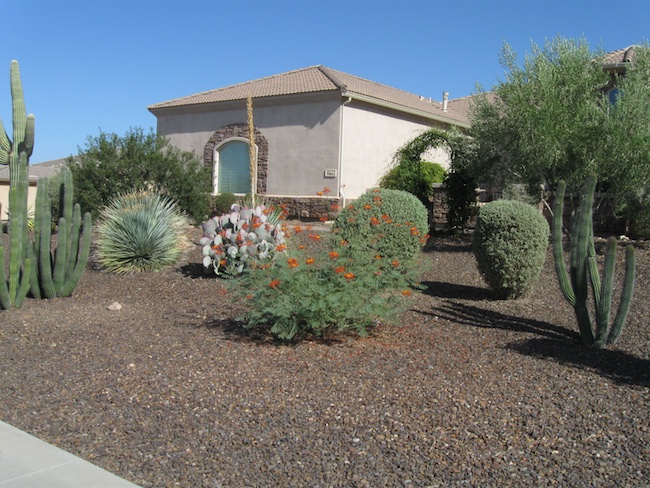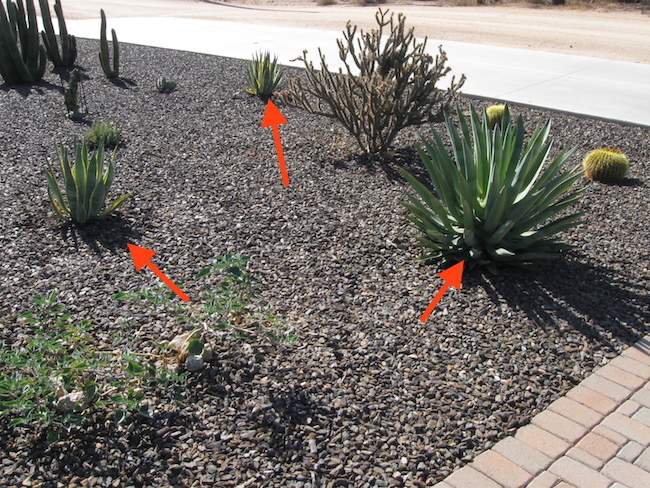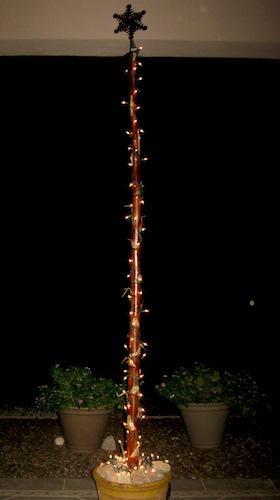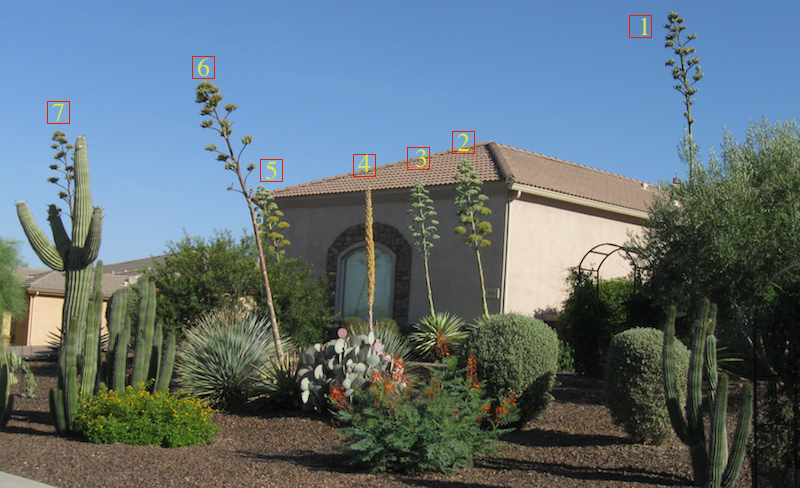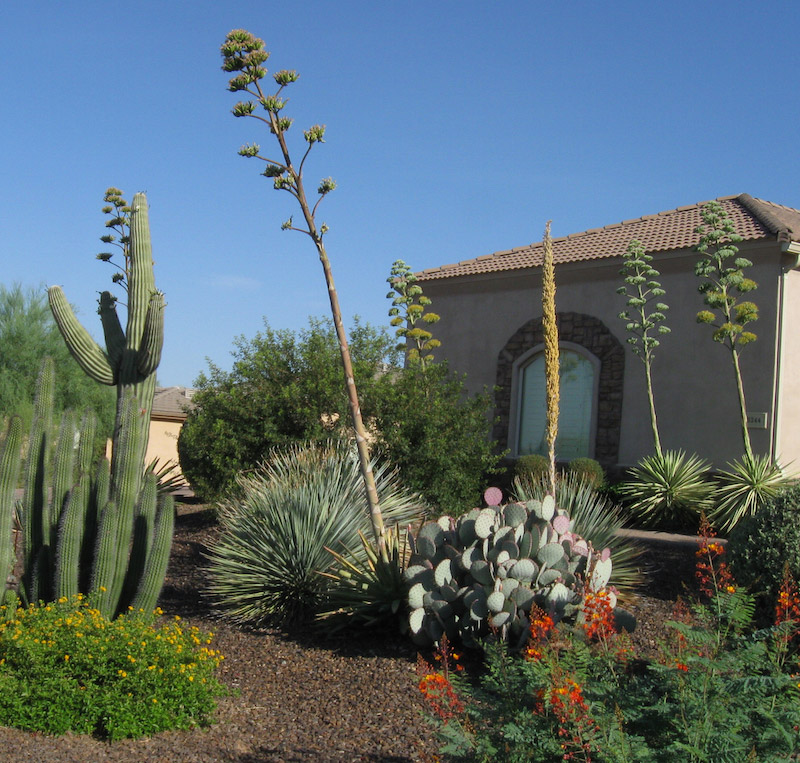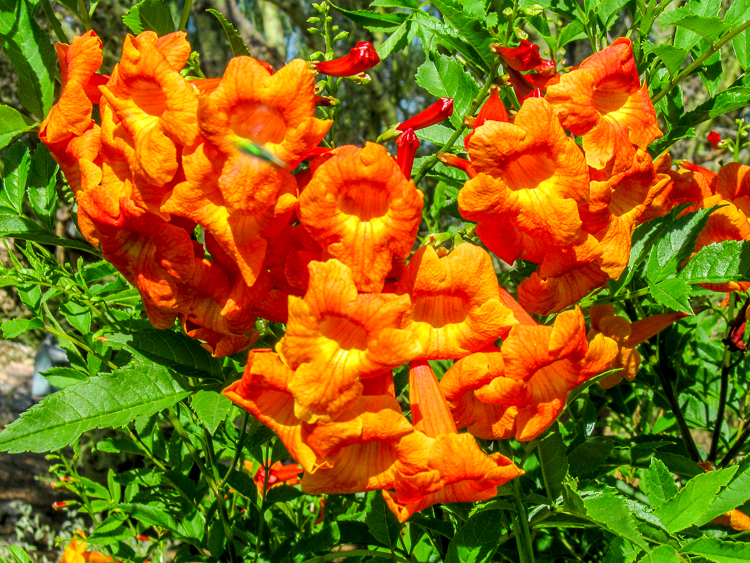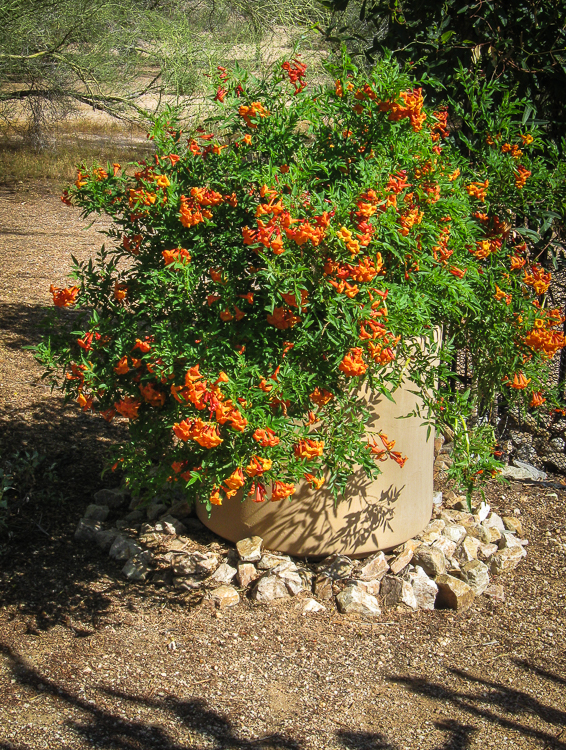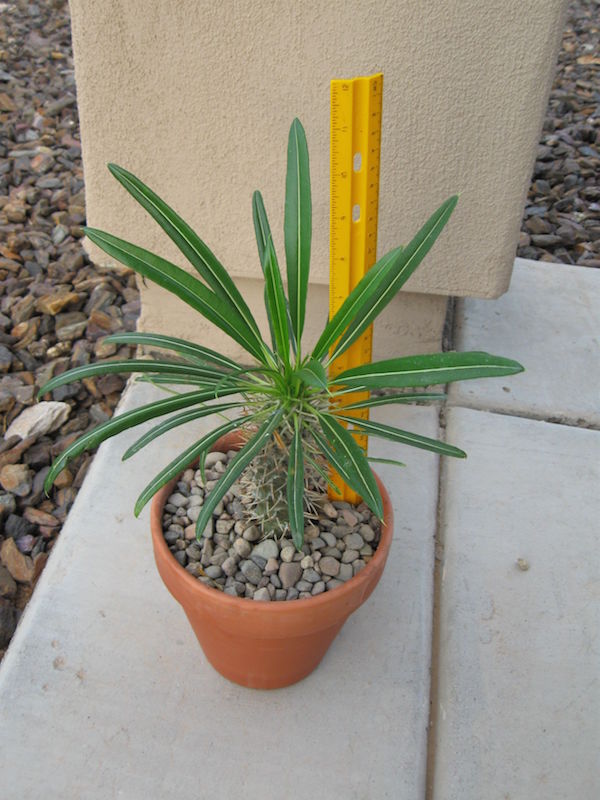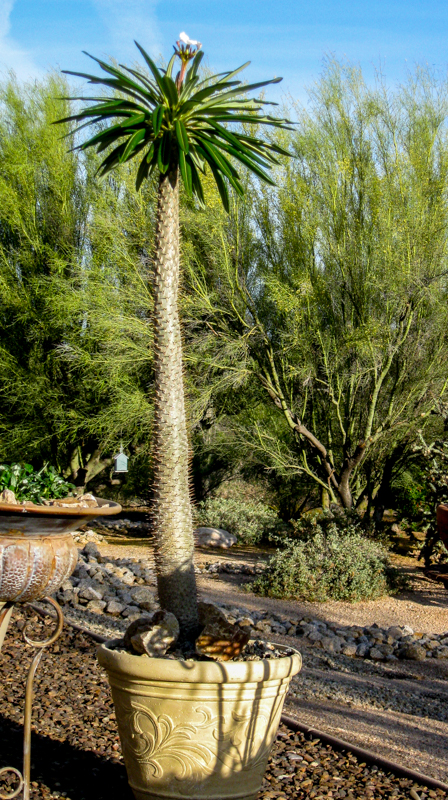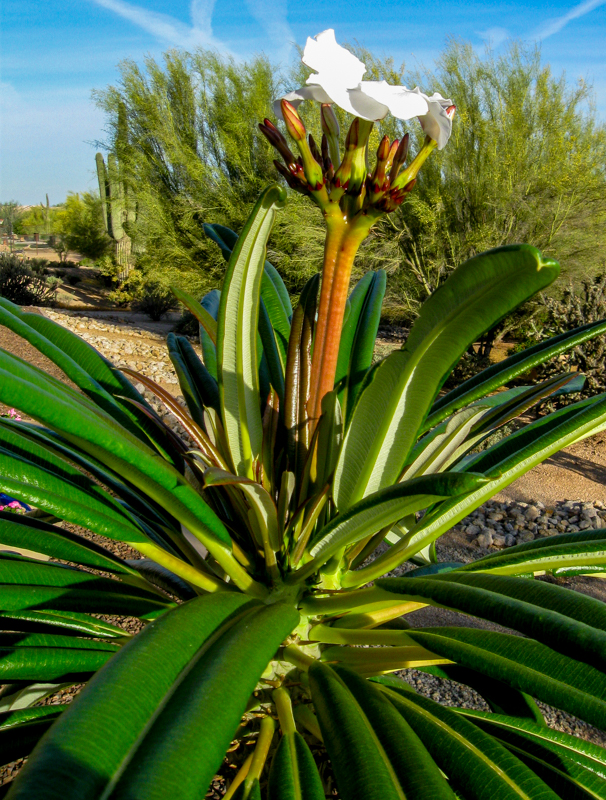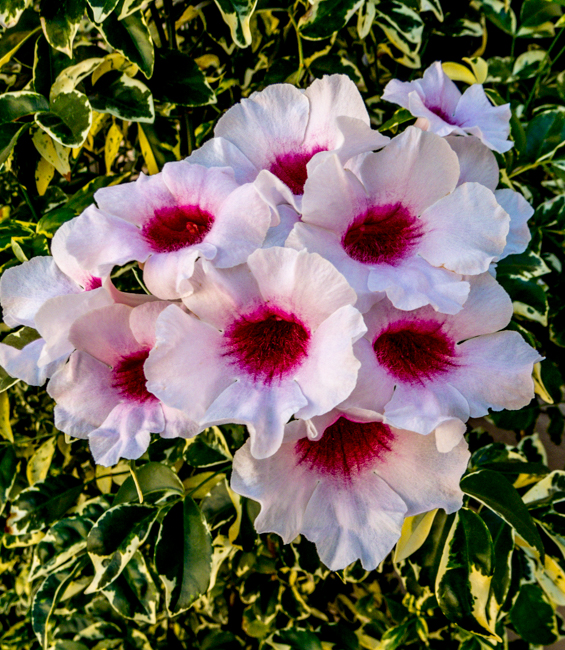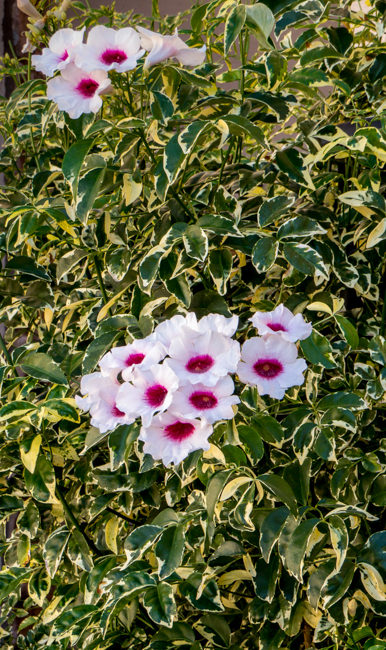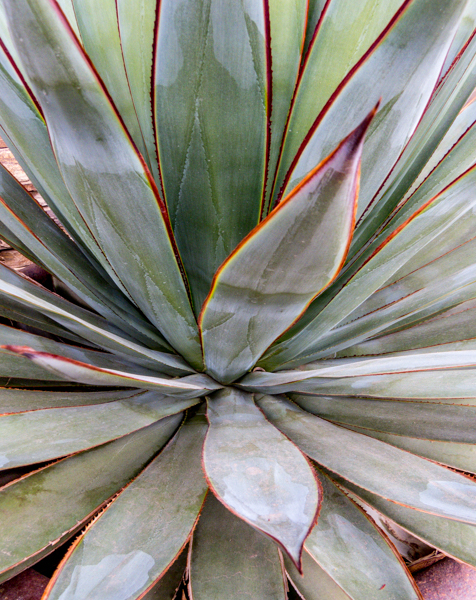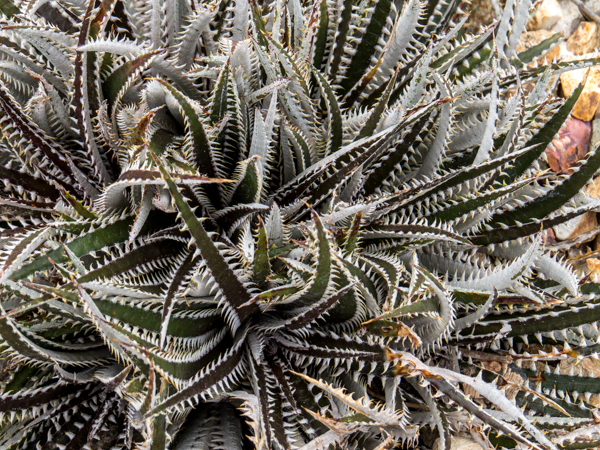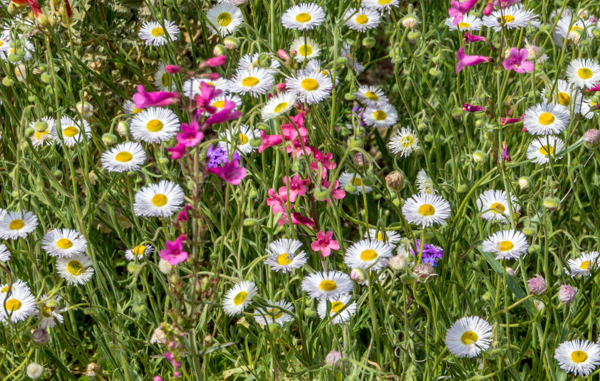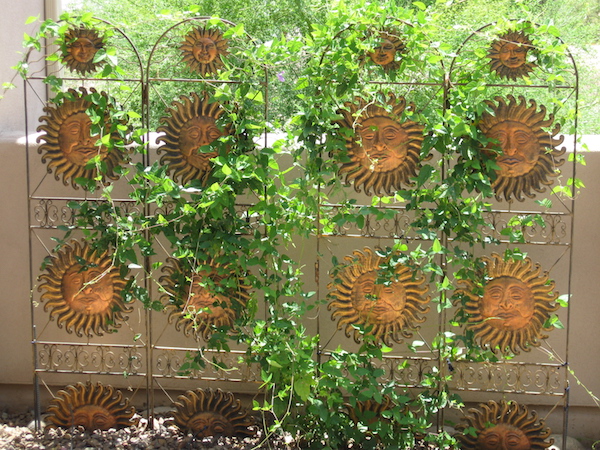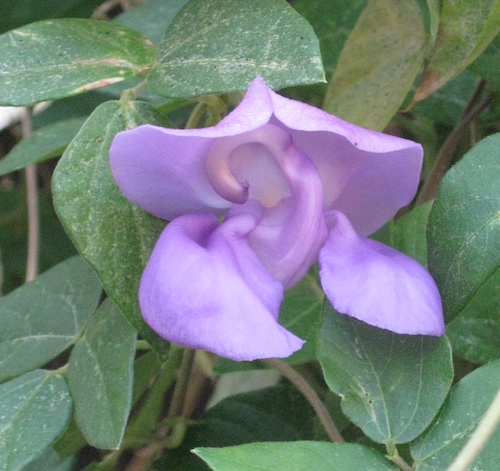Ipomoea fistulosa reminds me of the hardy hibiscus that I grew when I lived in the northwest corner of Hunterdon County, NJ. Those were large plants with flowers that would often be the size of my head.
While Ipomoea fistulosa, Bush Morning Glory, does not produce blooms that are as large, the coloring and basic shape are very similar. One nice attribute of Ipomoea is that it tends to produce more flowers than the hardy hibiscus managed to give. As the common name implies, the flowers fade later in the day and the shape is morning-glory like.
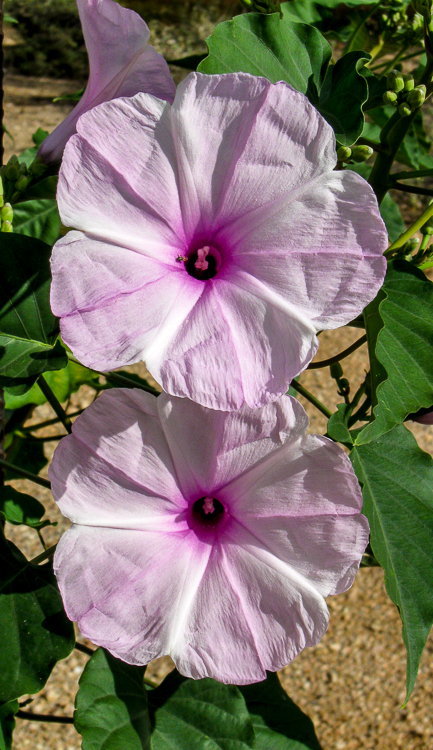
Picture of a closeup of the colors, form and texture of the flowers
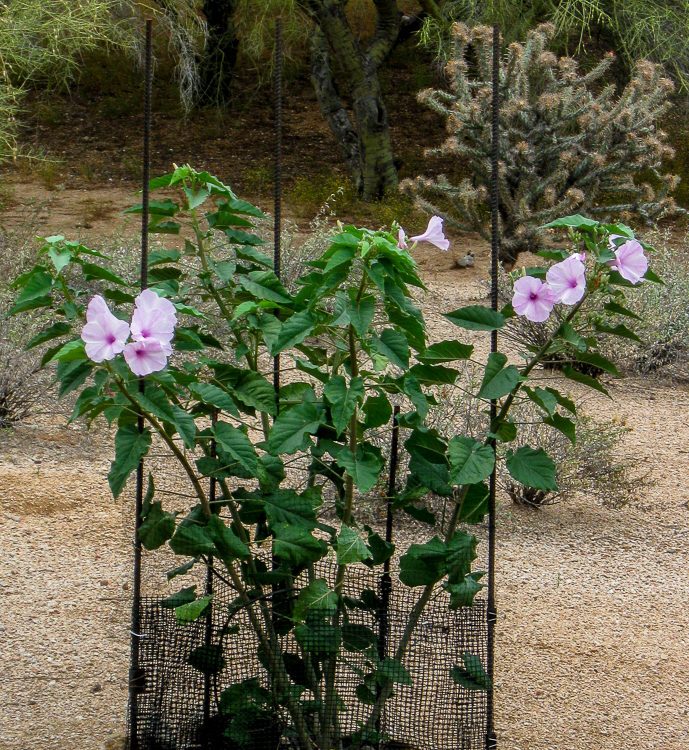
Picture showing the general growth form of the Ipomoea
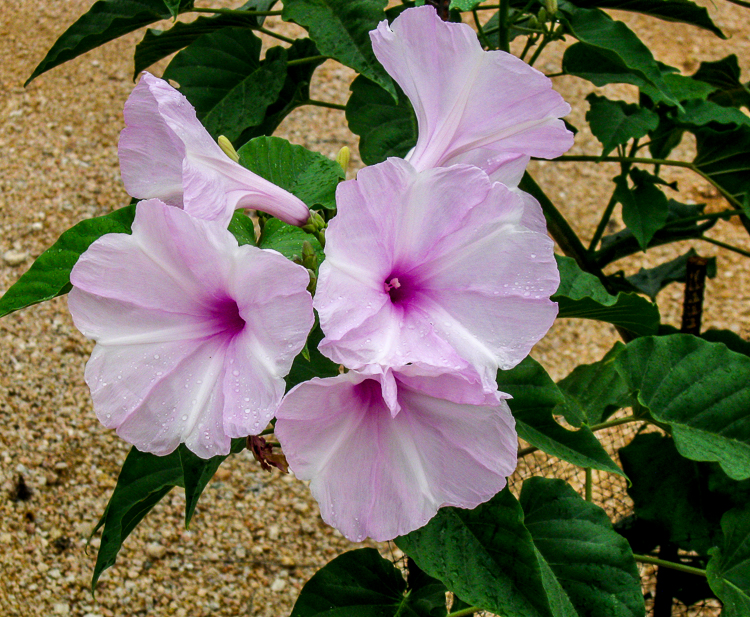
As the blooming process matures, a cluster of flowers tend to open together
How it grows in my garden:
The plant grows four-to-five feet tall and three-to-four feet wide (but we have it constrained by rabbit fencing). Flowers bloom in clusters once the plant matures and often produces a mini-bouquet.
Hardiness range (Depending on where it is grown): 15 to 40 F
Exposure: Full sun (10+ hours per day during the hot desert summer)
In General: Ipomoea fistulosa likes warm weather so make sure it is planted when the weather is going to be hot. Even though it survives in the desert, it does need ample water to produce well and thrive, but not soggy.
Watering*: During the active growing season, the plant gets watered every few days until the end of April, then every other day or so until the end of May and then every day until the end of September and it tapers off from there.(Remember, this watering schedule reflects our desert environment.)
Fertilizer – I use a “super bloom” variety as directed. The plant receives fertilizer three times a year as is the recommended schedule for trees and shrubs in the desert.
Valentine’s Day**
Memorial Day
Labor Day
Notes: Unless I am collecting seeds, all seed pods are “pinched” to extend the bloom. Others report Ipomoea fistulosa to be a large shrub. I have planted it as a semi-perennial and I have re-planted it after one or two growing seasons and thus it may not grow as large under these conditions.
Read more about it at the sites below. NOTE – these links do not represent an endorsement of any kind, but are intended as informational. Readers need to decide for themselves whether or not to use the information from the links provided.
Dave’s Garden
Information about Ipomoea fistulosa from Arizona State University
Onalee’s Seeds, LLC
Walters Gardens Inc. re: Hardy Hibiscus
Desert Gardening in General
When I speak with those who don’t live in the desert and I tell them that I am interested in gardening, they are often surprised that I can grow ornamental plants in this somewhat hostile environment.
There are quite a few plants that will grow in Maricopa County in the Sonoran Desert. One nice quality of the Sonoran Desert, one of the wettest deserts in the world, is that we actually have two growing seasons.
The following excerpt is from: Vegetable Planting Calendar for Maricopa County
“We have two optimal growing seasons: one in the spring, the other in the fall. Both day length and temperature vary dramatically between seasons (short days and cold temperatures in winter to long days and extreme temperatures in summer). Since few annual plants are suited to thrive in both conditions, it is important to choose plants that mature quickly to ensure a full life cycle within one season.”
You can download the document here: Vegetable Planting Calendar for Maricopa County
Of course plants can be “carried over” from the spring to the fall if care is taken to provide shade cloth and enough water.
Because I live on the edge of the desert, I have to compete with Javelinas, ground squirrels, Harris antelope squirrels, regular squirrels, rabbits (lots of these) and the normal insect pests such as aphids, horn worms, etc.
My horticultural focus is ornamental plants, i.e. those plants that produce pretty flowers and the flowers need to be pleasing or plentiful enough that I don’t mind the foliage when the plant is not in bloom. If a plant has interesting foliage, this helps.
*The desert can sometimes be unpredictable so this is a general guideline. If it rains or if the weather gets hotter than “normal for the desert,” the amount of water is adjusted accordingly. The best guide in learning about each plant is to watch it closely and water when necessary. Be warned, however, in the heat of the blistering desert, the tipping point arrives quickly.
**This is the accepted fertilizing schedule for trees and shrubs. Because my garden gets frequent water, I find that fertilizing all plants using this schedule to be effective. The amount of fertilizer needs to be adjusted for different plant varieties.
